Saturday, August 23, 2014
Summer Bloggin': Creating interesting surfaces
Today we are joined by Jane from Flaming Nora, a costume maker and textile artist. She will show us a technique to create interesting surfaces using a very simple ingredient. Do make sure to visit Jane's blog - especially if you're a fan of fancy frocks; you don't want to miss this post. Flaming Nora is also on Facebook.
Thank you, Jane!
Today I want to share with you a very simple technique to help both create interesting surfaces to embroider on and to blend fabrics together tonally. It is a process I use all the time in my day job as a costume maker.
In the theatre, white doesn’t work, it reflects the lights back at you and makes that part of the costume be it a lace trim or an apron “shout”. Costumes are not always supposed to look brand new, we are creating a character and that could be anything from an old tramp living in a hovel to Queen Elizabeth I. The costumes we produce often need to look aged and worn, or just fit in with a period colour palate and modern fabrics sometimes look just that, modern.
And our quick fix solution to all these problems can be summed up in one word.
TEA.
The nations favourite drink, cheap, cheerful and on hand in more or less all of our kitchen cupboards.
So here is a quick how to on instant ageing for your modern fabrics.
You will need the following:
- teabags
- bowl
- kettle
- fabric
Boil the kettle and make a very strong brew in your bowl. The more teabags you use the stronger the colour will be. I used 5 in this batch
Put your fabric in to the tea solution and leave it to soak, take it out, rinse it under the tap to remove any excess and you are done.
Simple!
The longer you leave the fabric in the tea solution the darker the colour will become.
Here is the range of tones I used to make the above piece. They range from a very quick dip to an hours soak. The background is the fabric in its original state.
You can also then build up layers of stain using different types of tea.
First I dipped this piece in green tea, which gave a lovely lemon yellow colour. Then whilst it was hanging on the line drying I slowly poured a strong brew of pg tips down it a tea spoon at a time.
Basically anything that makes you fed up when you get it down the front of your clothes because its going to be difficult to wash out can be used to stain fabric to give it extra texture and depth.
My kids had quite a lot of fun making a brew out of the blackberries they picked in the garden and then painted on to tea dipped fabrics.
Coffee also works well, but will leave your fabric smelling of coffee, which I guess some won’t find such a bad thing!
This technique works equally well on patterned fabrics giving them an aged quality.
And finally here is a collection of fabrics and trims new and old dipped and un-dipped that have the same tonal quality and work sympathetically together.
They will form a single distressed textile piece, which will become the background to an embroidery, if you come back next week I will show you how this is done!
Have you dyed fabric with tea? How did it go? Please let us know in the comments or share in the &Stitches Flickr group. We'd love to see it!
Subscribe to:
Post Comments (Atom)


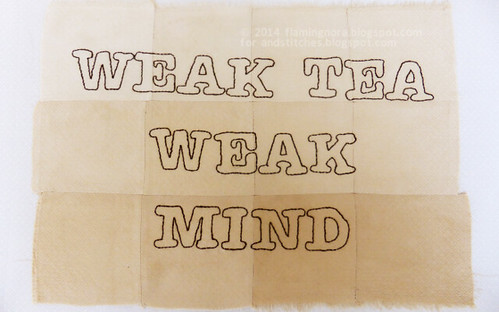

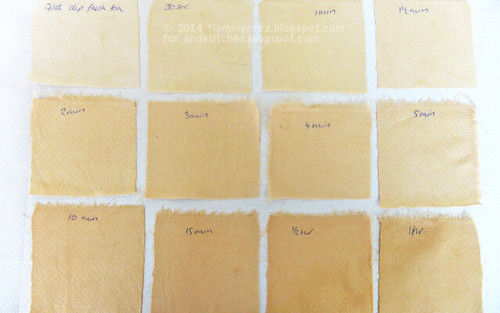
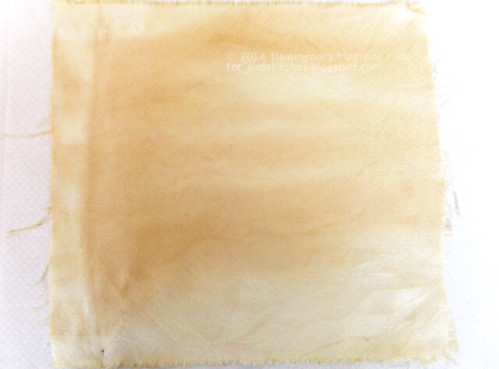
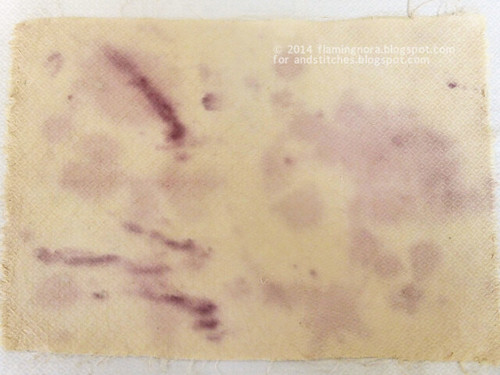
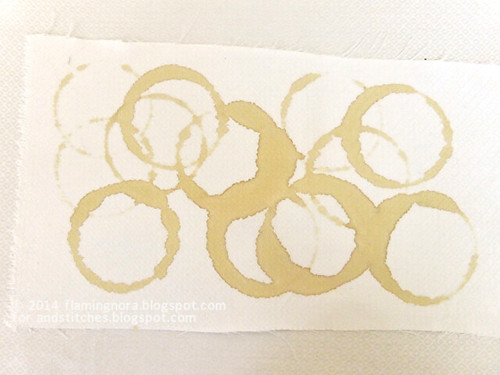
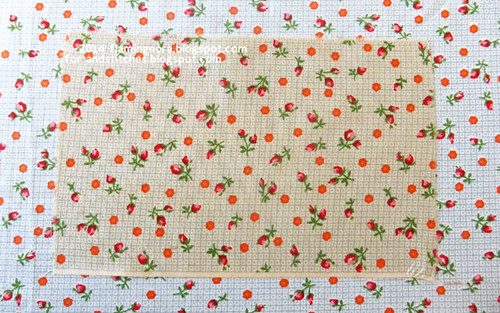
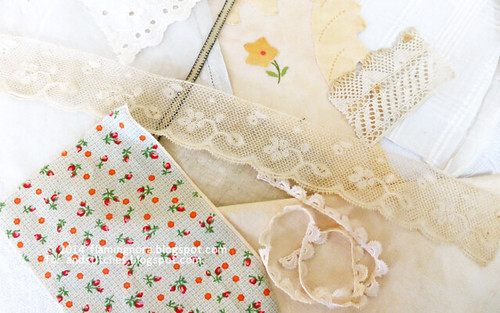
I'm definitely going to try this!
ReplyDeleteLove the effects you can create with this, definitely on my 'must try' list now, thanks Jane! x
ReplyDeleteI've dyed fabric for cross stitch gingerbread men. So I used a strong tea and soaked it for a while and the colour came out really strong which I wanted. But it was also using a stark white fabric so it needed something done to it.
ReplyDeleteth